
Dental implants have undergone great evolution since they first appeared. Namely, the first models of these implants did not enter one's jawbone at all. Rather, they were connected to it with visible, aesthetically unpleasing, screws. Later, these were swapped with implants which did not resemble the root of our teeth, but looked more like a fat blade.
Today, however, dental implants look exactly as roots of the teeth, being screwed into our jawbone, fixated, having the look and the feel of a real thing. Once these, titanium, roots are fixated, crowns are screwed on them, completing dental implants.
The Best Alternative
Some people opt for dentures or bridges. Unfortunately, these provide little support, being noticeably false teeth imitations, possibly damaging your other, healthy teeth. This is not the case with dental implants since these are rooted in your bones, providing you with ability to use them for eating and all other normal applications, without a danger of being moved, damaged or affected negatively in any way.
Titanium, used in dental implants is very durable and is likely to stay with you for the rest of your life, fusing with your jawbones completely. A single implant can stand for a single crown. However, there are cases where people have one implant supporting more artificial teeth at once, through bridges. Yet, the best possible way is to have all your decayed teeth replaced with implants. However, this can be painful since it will require many implants to be screwed in your jawbone. Once this is done, if you take good care of your oral hygiene, you are likely never to have problems with your teeth again.
The Procedure
Since the very procedure involves cutting your jaw and drilling a hole which will reach deep into the jaw, dental implant operation is quite invasive. Before long-term crowns are mounted onto the freshly installed implants, several months of recovery and regeneration need to take place. During this time, you will have temporary crowns mounted on your implants.
Even though you will be given anesthesia prior the procedure, the pain is bound to bother you as soon as medications wear off. Then, pain and irritation may last for several days. However, in time, the pain reduces. Before the end of your recovery period, you should stay away from alcohol and cigarettes.
The Pain
As it was mentioned above, the pain is minimal during the procedure, due to the anesthesia. Later, during the recovery period, your dental surgeon will do everything to prevent pain or potential complications. Every other process, such as placing of crowns or modifications made to the implants is done under anesthesia too, keeping you safe from pain. Naturally, once the effect of the drug is gone, the pain may take place. However, you can manage it with painkillers or by applying ice packs onto the area. Nevertheless, if the pain remains persistent, contact your dentist and seek advice. Every pain which remains prominent for more than two days should get you worried.



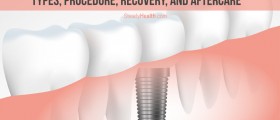

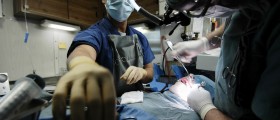





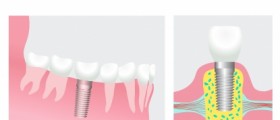

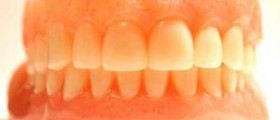

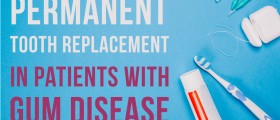

Your thoughts on this
Loading...